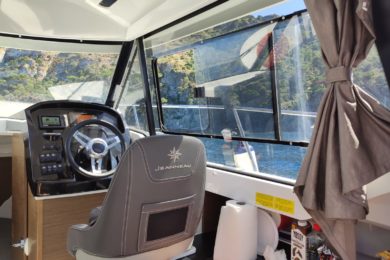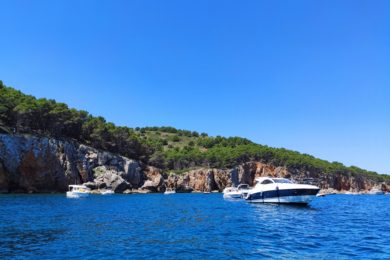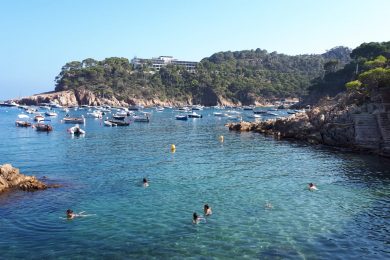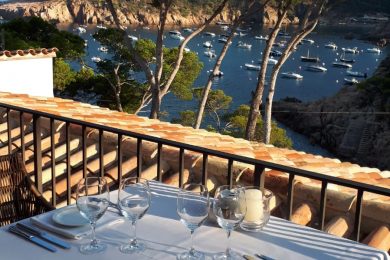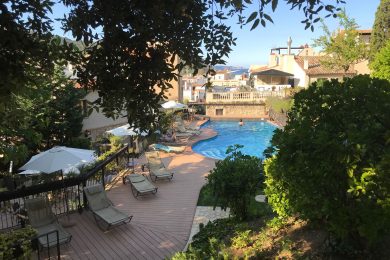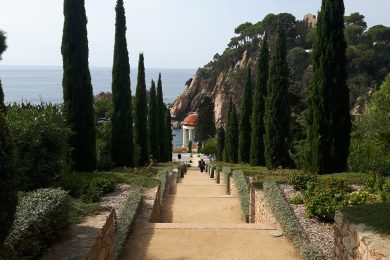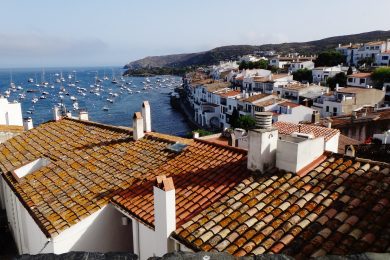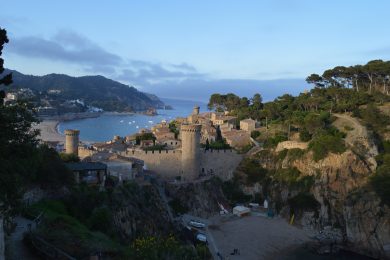Segovia is a World Heritage City with unique monuments that alone are worth a visit. However, once in Segovia we will discover that the city offers much more. A Jewish quarter, stately houses, dreamlike panoramic views and a green belt to have a good time walking under the sun.
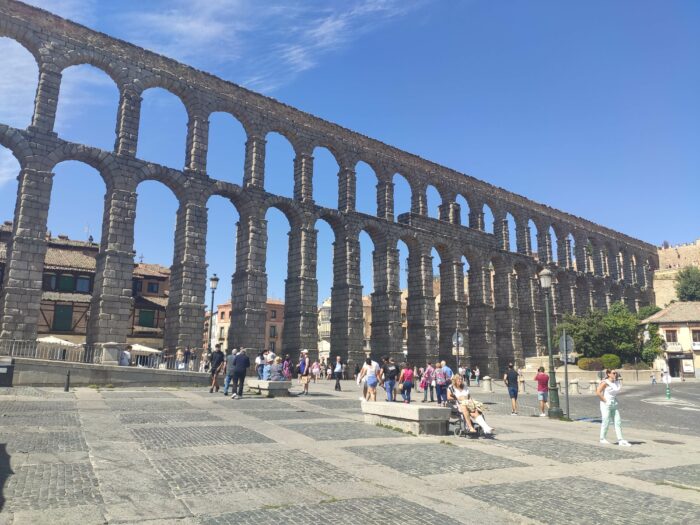
HOW TO GET THERE
Bus: Several regular lines connect with Madrid, Avila and Salamanca with numerous daily services.
Train: Several daily high speed train (AVE) routes connect with Madrid (in approximately 30 minutes). From the station, there is a bus service to the city center (in approximately 15 minutes).
By road: Madrid – Segovia: Approximate journey time: 1 hour and 15 minutes.Ávila – Segovia: Approximate travel time: 1 hour. (Parking ticket cost 15€ for all day)
Plane: The nearest airports are Madrid (87 kilometers), Valladolid (125 kilometers) and Salamanca (164 kilometers).

Check the Segovia Guided Tour with Cathedral and Alcazar for only 22€
WHAT TO DO
The first part of the day can be dedicated to visiting the Aqueduct, the great symbol of the city and other points of interest such as the Jewish quarter or the Cathedral. The first stop will be the Plaza del Azoguejo, where the main visitor reception center and the imposing Aqueduct are located.
In addition to having our photograph taken under the monument, we can take note of many curious details. For example, the perfection of the cut of the stones or appreciation the absence of any material that holds them together. Each one of them (weighing up to two tons) is simply placed one on top of the other, demonstrating the perfection of the work of the Romans. If you look closely, you will see that except for some of the lower ones, the rest have notches on their sides. These are the marks left after dragging and lifting.
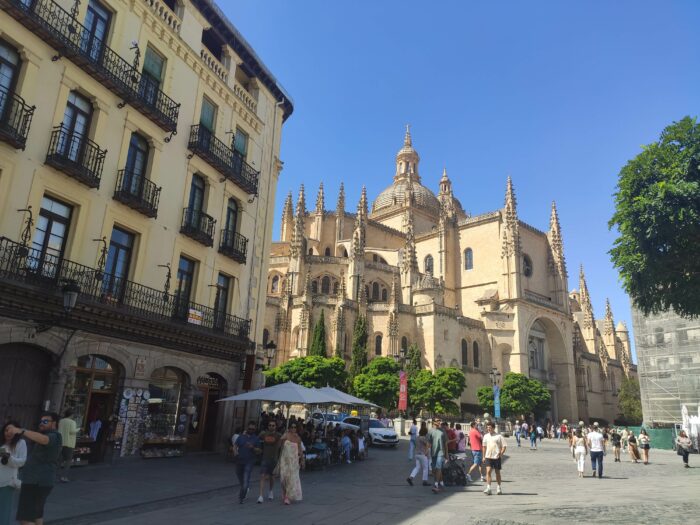
From the Aqueduct, we march towards the Jewish quarter taking Cervantes street and continue along Juan Bravo until we reach the Puerta de la Luna, which gives us access to the Paseo del Salón. On the way, we will notice the facades of the buildings and their characteristic decoration, usually geometric and plant motifs. They are very varied and aesthetic. We will also see the church of San Martín, a clear example of Romanesque art in Segovia, and the Casa de los Picos. Some of the courtyards of the houses in this area are also worth a visit, such as the Casa de los Del Río.
From the Paseo del Salón, we will enjoy a panoramic view of part of the city’s green belt and, to the left, the Alcázar. If we ascend through the Puerta del Sol, we reach the street of the Old Jewish Quarter, where we can visit the Old Major Synagogue. If we go around the Cathedral along San Geroteo Street and arrive at the Plaza de la Merced, we will have completed the Jewish Quarter.
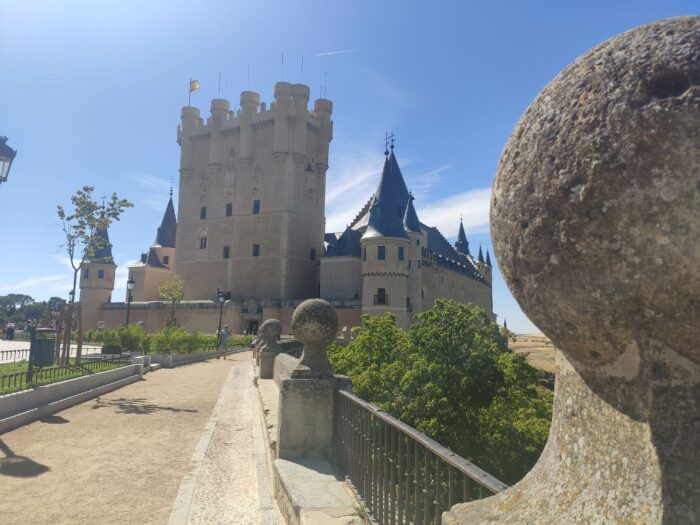
ALCAZAR OF SEGOVIA
Segovia is a city that can be visited on foot. Walking up to the Alcazar. In addition to visiting the interior, it is highly recommended to climb to the top of the tower (152 steps).
The visit to the Alcazar is divided in two: the interior rooms of the building, with the weapons room and the chapel, and the tower. The ascent to the tower, although it does not require a special physical form, can be hard because it is climbed in small steps and by a narrow corridor. It is advisable to arrange in advance for guided tours in a language other than Spanish.
WHERE TO EAT
When it comes to ordering, there are essential dishes such as El cochinillo (roast suckling pig) or suckling lamb. Besides you have to try the big beans from Segovia, they are a specialty and the Torrezno. Some restaurants where you can eat traditional dishes are: Bar el Sitio and Jose Maria restaurant.




